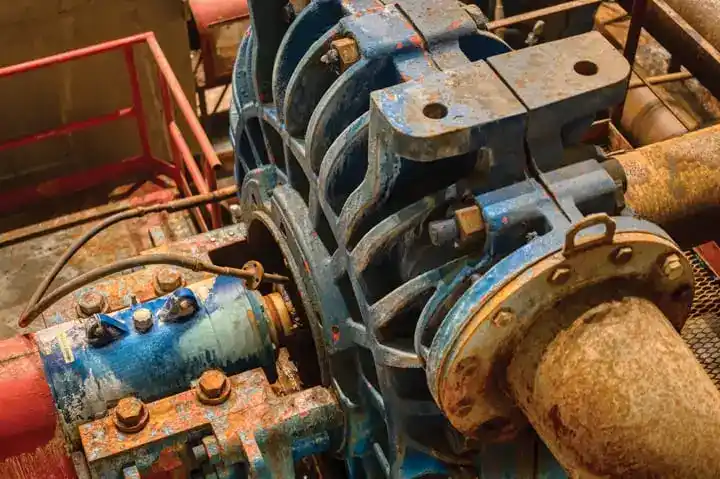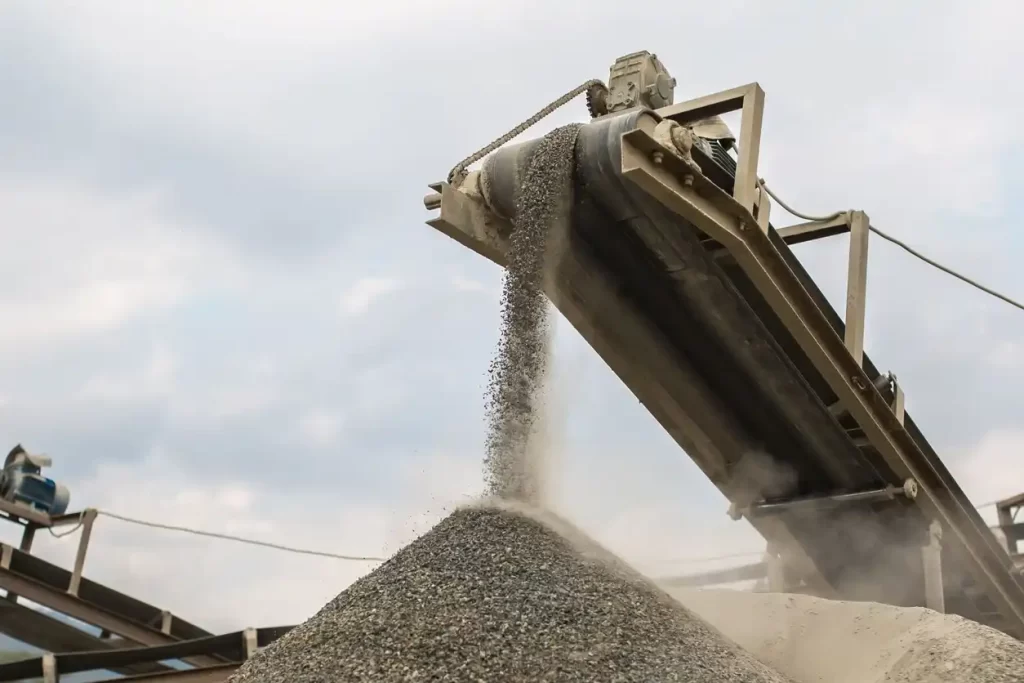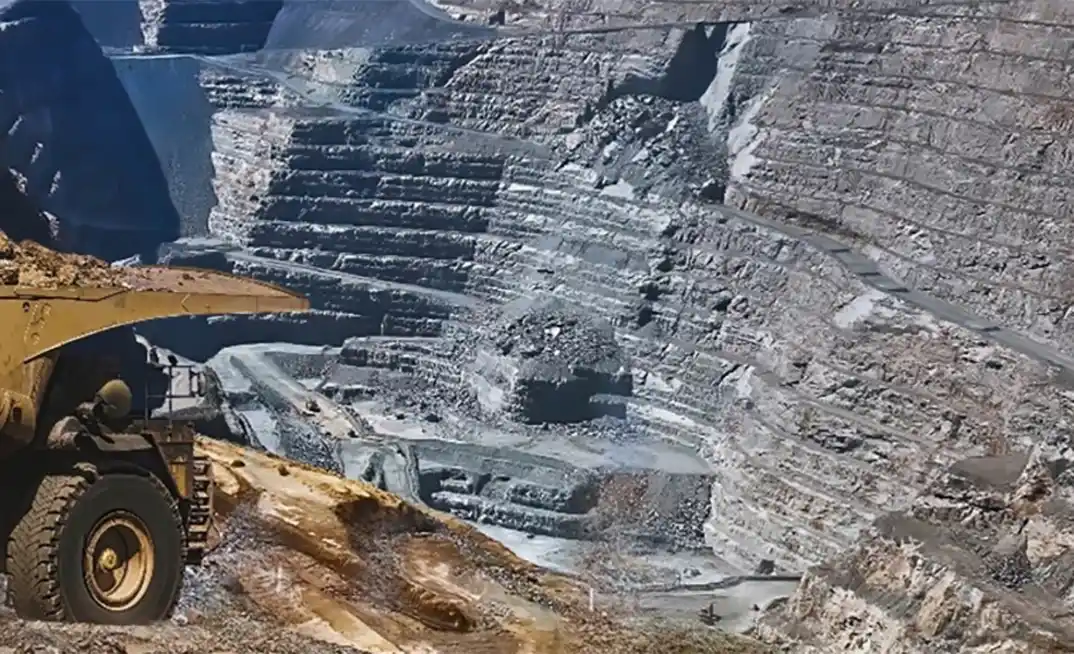Understanding Slurry in Mining and Construction: Applications, Types, and Essential Maintenance
What is Slurry?
In mining, construction, and various industrial applications, slurry refers to a semi-liquid mixture of solids and liquids, often water, used to transport solid materials across distances. It plays an essential role in both mining and construction, where moving large volumes of material through pipelines or conveyor systems becomes necessary. In processes such as ore processing, tunneling, and hydraulic transport, slurry provides an efficient method to transport a variety of solid materials.

Types of Slurry in Mining and Construction
1. Mineral Slurry
Used extensively in mining operations, mineral slurry is a blend of water and ground mineral particles, often ore, that is transported from the excavation site to processing areas. It simplifies the movement of minerals, reducing transport costs and time.2. Cement Slurry
Primarily used in construction and mining, cement slurry is a thick mix of cement and water. It acts as a binding agent for structures and is used for setting foundations, especially in challenging underground environments or areas with unstable ground.3. Drilling Mud (Slurry)
In construction and mining, especially during underground or oil well drilling, drilling slurry helps cool and lubricate the drill bit, providing stability to the drilled hole and carrying rock cuttings to the surface.4. Iron Ore Slurry
This is a mixture of iron ore fines and water, often found in mining operations involving iron extraction. It’s transported to separation plants for further processing.
Applications of Slurry in Mining and Construction
1. Ore Processing
In mining, slurry is frequently used in ore processing to move mineral-rich material from extraction sites to processing areas. The slurry simplifies the transport of ore, increasing efficiency and minimizing manual labor.
2. Concrete Reinforcement and Foundations
Cement slurry is widely used for constructing concrete structures and reinforcing foundations, making it ideal for stability in both mining and large-scale construction projects.
3. Pipeline Transportation
Pipeline transport of slurry, especially in mining, minimizes environmental impact while allowing for the continuous movement of large volumes of material. This system also offers flexibility in transporting mixed materials over long distances.
4. Drilling Operations
In drilling, slurry helps manage pressure in the wellbore, maintains borehole stability, and facilitates smoother drilling operations. It acts as both a coolant and a carrier for drilled cuttings.
Key Components of Slurry
Solid Particles
The solid component varies depending on the application: ores, mineral fragments, cement, or sand. The size and weight of particles affect the slurry’s density and flow rate.Liquid (Typically Water)
Water is the most common liquid medium, providing the necessary viscosity to suspend and transport solid particles effectively through pipes or conveyors.Additives
Depending on requirements, additives such as dispersants or stabilizers can be mixed into slurry. For instance, in construction, additives may be used to control setting time, while in mining, chemicals aid in ore separation processes.

Challenges in Handling Slurry
1. Abrasion and Wear on Equipment
The constant flow of abrasive materials in slurry can quickly wear out components such as pumps, valves, and pipes. Regular maintenance is essential to prevent breakdowns.
2. Clogging and Blockages
Blockages can occur if the slurry is too dense or if particles settle within the system. Effective slurry management involves monitoring flow rates, consistency, and adding anti-settling agents as needed.
3. Pumping Challenges
Slurry often requires specialized pumps to maintain consistent flow, and these pumps must be highly durable. Slurry pumps are usually designed with wear-resistant materials like rubber or alloys to withstand abrasion.
Maintenance and Repair of Slurry Systems
Inspection and Replacement of Pump Parts
Routine inspection of pump parts and seals is necessary to ensure they’re in optimal condition. Replacing worn parts before they cause larger issues is crucial in maintaining system efficiency.Pipe Cleaning and Monitoring
Pipes that transport slurry must be regularly cleaned to prevent clogging. Automated monitoring systems can help detect pressure build-ups or flow inconsistencies, signaling when maintenance is required.Lubrication and Cooling Systems
Effective lubrication and cooling mechanisms in pumps and moving parts reduce friction and overheating, ensuring the smooth operation of slurry systems.Protective Coatings
Applying protective coatings to pipes and tanks can help reduce wear and extend the life of slurry systems. These coatings resist abrasion and prevent chemical reactions that may degrade equipment.
Environmental Considerations of Slurry Management
Managing slurry waste and minimizing environmental impact is critical, especially in mining and construction, where large quantities are generated. Treatment processes, such as settling ponds and filtration, help remove solid particles and neutralize contaminants before the water is returned to the environment.
SSC Works: Expertise in Slurry Equipment Maintenance
SSC Works specializes in the repair and maintenance of slurry-handling equipment, from pumps and pipelines to advanced filtration systems. Our experienced technicians use industry-leading practices to extend the life and performance of your equipment, ensuring minimal downtime and optimal productivity. Whether for mining or construction applications, SSC Works supports your slurry systems with the best-in-class repair and maintenance solutions.

